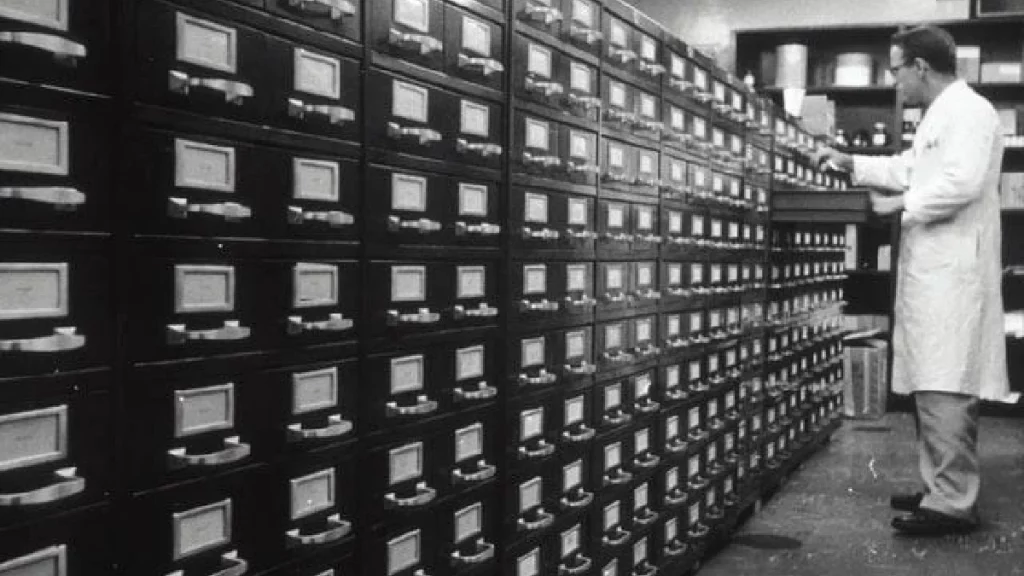In any life science investigation, gathering and collection of samples are essential. These samples, in turn, are preserved for examination and analysis at a later date. Hence, there would definitely be time elapses. With that in mind, since biological samples frequently degrade over time, it is critical to have a storage process, for both the short and long term, to maintain the sample integrity for the duration of the investigation.

In fact, storage has also played a role in hospitals, clinics, and pharmacies. However, the most challenging bottleneck in biological research has kept pharmaceutical products safe and effective.
For example, during the COVID-19, cold storage equipment has become an integral part of the storage of vaccines. As a result, it has brought ULT freezers to the forefront of the medical technology world.
ULT Freezers Vs. Dry Ice Storage
Dry ice storage has been used in industry for decades, as it can be used in many different applications. Often, it is used to quickly freeze liquid-based substances and maintain their temperature at ultra-low for a longer duration. It is considered environmentally friendly because it consists of carbon dioxide emitted back to the atmosphere. It is also simple to manufacture for modern-day applications, primarily when transporting perishable goods and the flash freezing of biological samples in laboratories.
However, dry ice storage isn’t the safest method. If not stored correctly in a room with ventilation, it could lead to potential asphyxiation. In addition, it can cause severe skin burns when proper equipment like gloves, goggles, or face shields aren’t used.
On the other hand, ultra-low temperature freezers are developed to store biomolecules such as viruses, bacteria, blood, etc. They’re usually found in epidemic prevention services, research institutes, and biomedical engineering facilities. And unlike dry ice storage, it doesn’t have personal risks.
ULT freezers typically have a service life of 14 to 15 years, and they can maintain temperature control over a longer time. These modern, innovative freezers are significantly more energy-efficient and functional than their forebears, dry ice storage. As a result, when you purchase one, you are opening the door to your laboratory and research journey, allowing you to increase your ultracold storage space to benefit the future of medicine and your health too.
Types Of Ultra-Low Temperature (ULT) Freezers
1. Chest Models
This freezer can address lab space constraints by fitting into corner places, under or on top of lab benches, or under and on top of other lab furniture. However, they can appear larger than an upright freeze. According to NewsMedical, it isn’t always the preferable option to laboratories with limited space. Nevertheless, chest freezers with ultra-low temperatures have provided safe, long-term storage options for samples or less frequently used items.
2. Upright Model
The upright mechanical freezer, also known as the -80 freezer, is among the most commonly used types of storage freezer in the industry. They are typically powered by motors or compressors and operate with a refrigerant such as propane (R290) or ethane (R170-type).
Upright models can accommodate lab space constraints by fitting into tight spaces with their small footprints. In fact, many laboratories have this kind of freezer for its convenience. It helps save space and makes layouts more accessible. Hence, it is best for easy access for frequently used objects.
Things To Consider When Looking For Freezer
1. Energy Efficiency
A conventional ULT freezer can consume approximately 20 kWh of energy per day, which is comparable to the energy consumption of a typical household daily. In most cases, laboratories are composed of a pharma cold chain to preserve samples and other biological investigations. As a result, it should not surprise that it will consume a significant amount of electricity.
Hence, it’s important to ask about the energy cost of the ultra-low temp freezer so you can save if you plan on purchasing multiple units. This will help you determine how many kilowatt-hours (kWh/day) the appliance consumes.
2. Capacity And Size
The capacity of a freezer is, of course, one of its prominent factors. As mentioned, ULT freezers come in two basic types. Hence, you must choose between a chest freezer and an upright freezer.
At the same time, you may choose while considering the available space in your lab. Since the chest freezer’s footprint is larger than an upright, an upright freezer might be for you if you’re working in a limited area.
Also, you have to make sure to have enough room for ventilation for your freeze. To ensure proper clearance around the freezer, we recommend a minimum of 5″ clearance on all sides and 8″ clearance on the top. Planning for these ahead of time will allow you to save space while also increasing convenience in the long run.
3. Low-Noise Technology
It’s crucial to consider where you’ll put your freezer in your laboratory. This is important to know ahead of time, not only to save space but also to understand the potential noise levels. Because most of the components are located at the top of the freezer, ULT freezers make noise. To put it another way, it’s usually louder than a vacuum cleaner.
If you plan to place them near your office, it may not be suitable in some areas of your place where you require a quiet environment. So it’s essential to ask about the decibel noise rating when deciding which freezer is suitable for your lab. It’s also a good idea to test it yourself!



